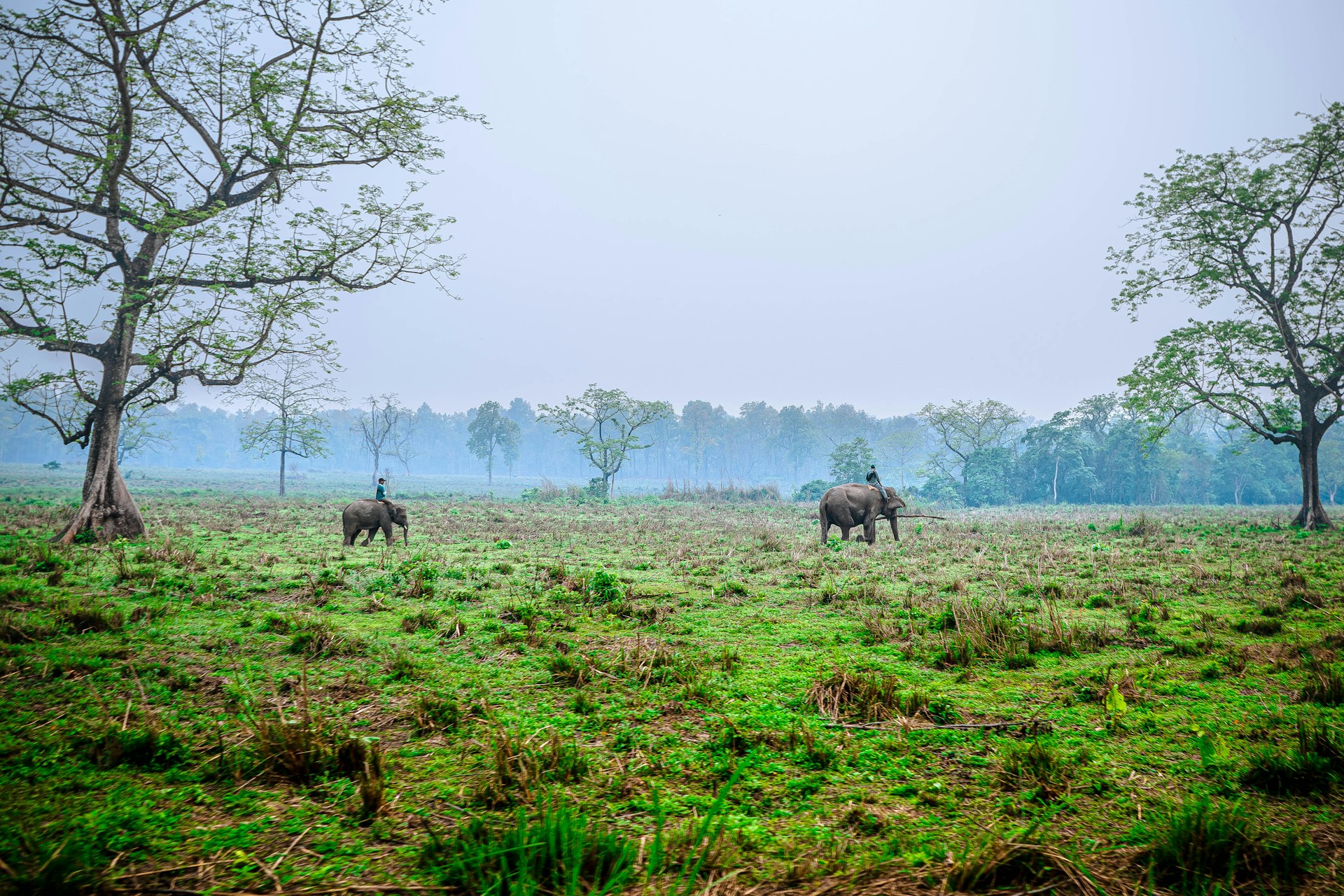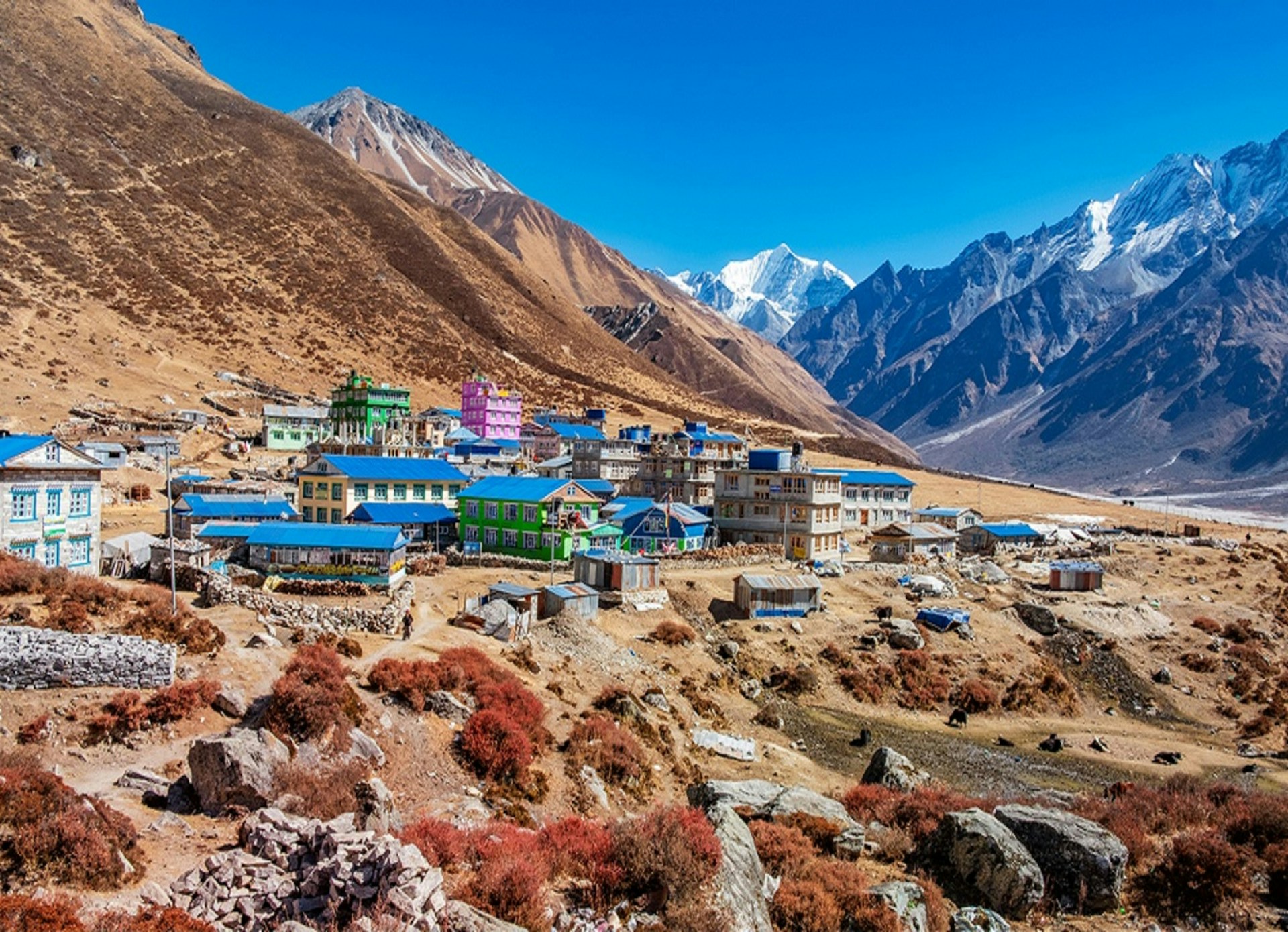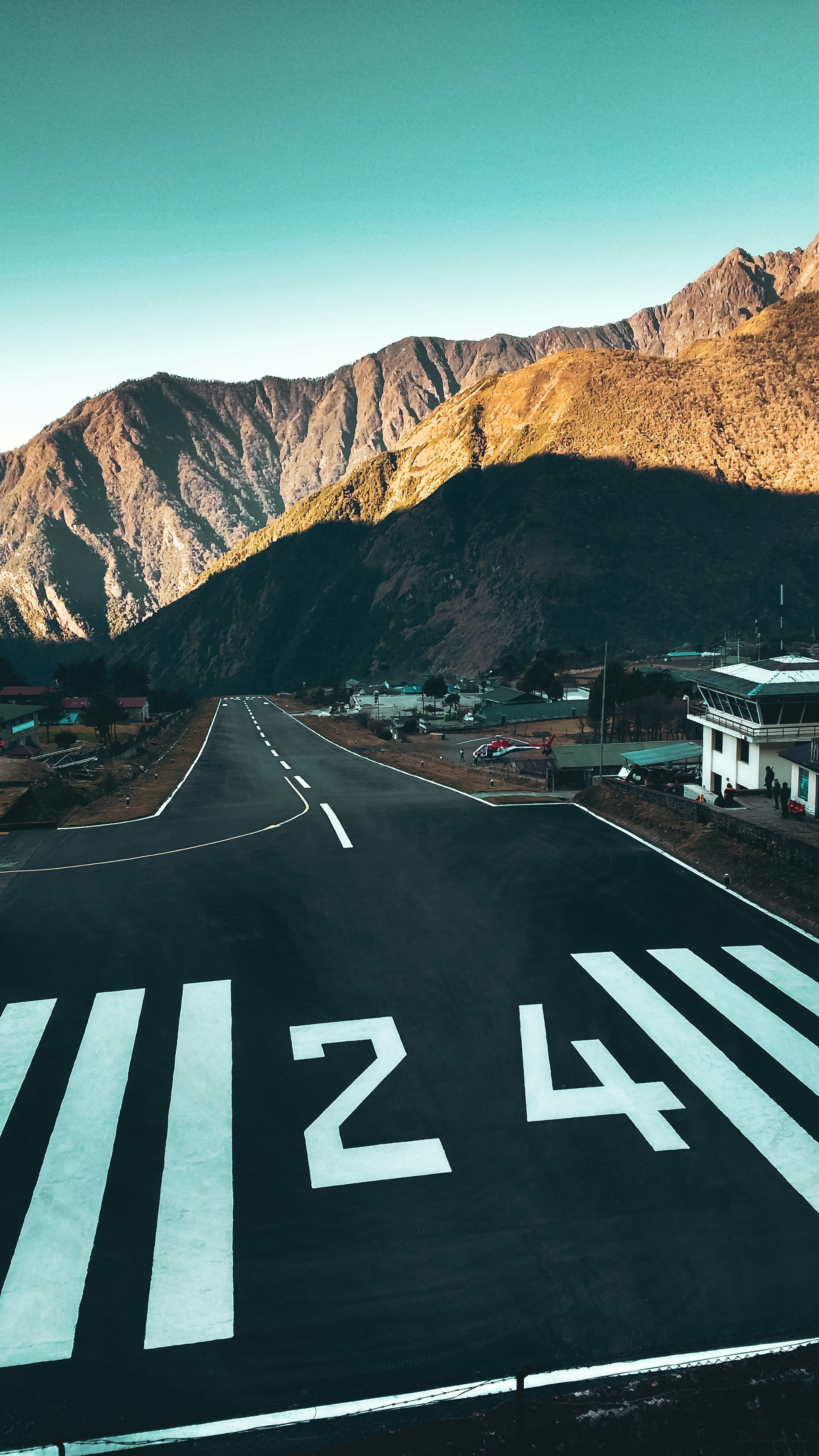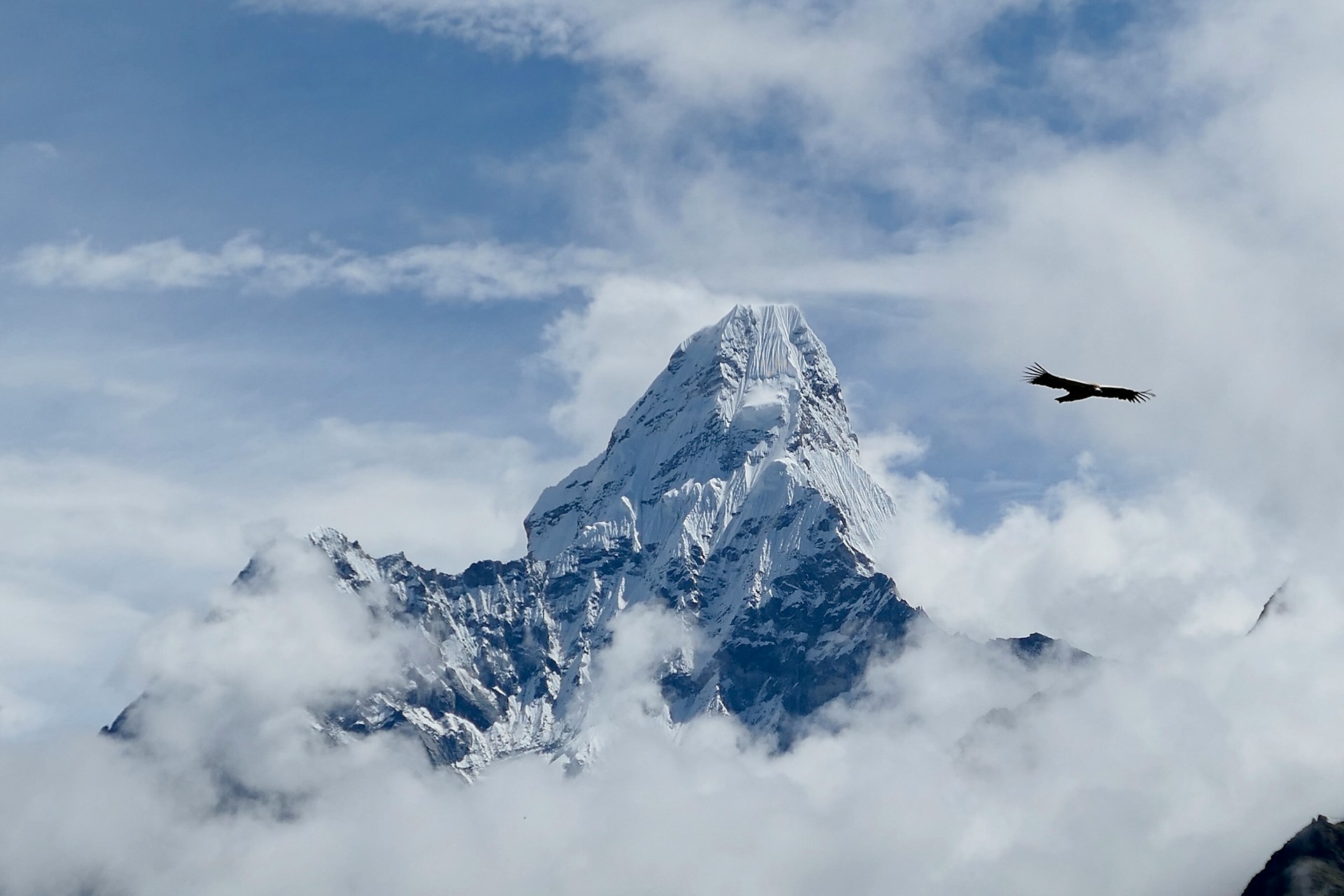Discover the Terai—Nepal's enchanting southern plains—through this ultimate 2025 guide. While Nepal is globally renowned for its snowcapped Himalayas and iconic treks, such as the Everest Base Camp trek, there's a lesser-known treasure waiting to be explored: Nepal’s Terai region. In 2025, this vibrant lowland has earned global recognition as one of Lonely Planet’s Top 30 travel destinations.
From lush jungles and rare wildlife to rich cultural heritage and ancient traditions, the Terai promises an immersive experience beyond the mountains. It’s a must-see highlight of any Nepal Experience Tour—perfect for travelers seeking authenticity, meaning, and sustainable travel.
Whether you're walking in the footsteps of the Buddha on the Lumbini Buddhist Pilgrimage or embracing the diversity of the All Nepal Tour for All Terrains, Culture, and Experience, the Terai stands out as Nepal’s hidden gem—ready for exploration in 2025.
Why Nepal’s Terai Region is a Must-Visit Destination in 2025?
The Terai, with its lush landscapes, rare wildlife, vibrant festivals, and deep-rooted traditions, is Nepal’s hidden jewel. This lowland region is often overshadowed by majestic towering peaks but offers a rich tapestry of experiences. Terai is a place where nature and heritage come alive in perfect harmony.
And 2025 is the perfect year to visit the Terai—not just because of its global spotlight but because its unique charm, soulful landscapes, raw beauty, and deep authenticity feel more relevant than ever in a world searching for a deeper, more sustainable journey experience.
"Exploring the Terai was like unlocking a secret treasure. From spotting rhinos on a Chitwan wildlife safari to learning Tharu cooking techniques, every experience felt authentic and transformative." – Emily, Traveler, 2023.
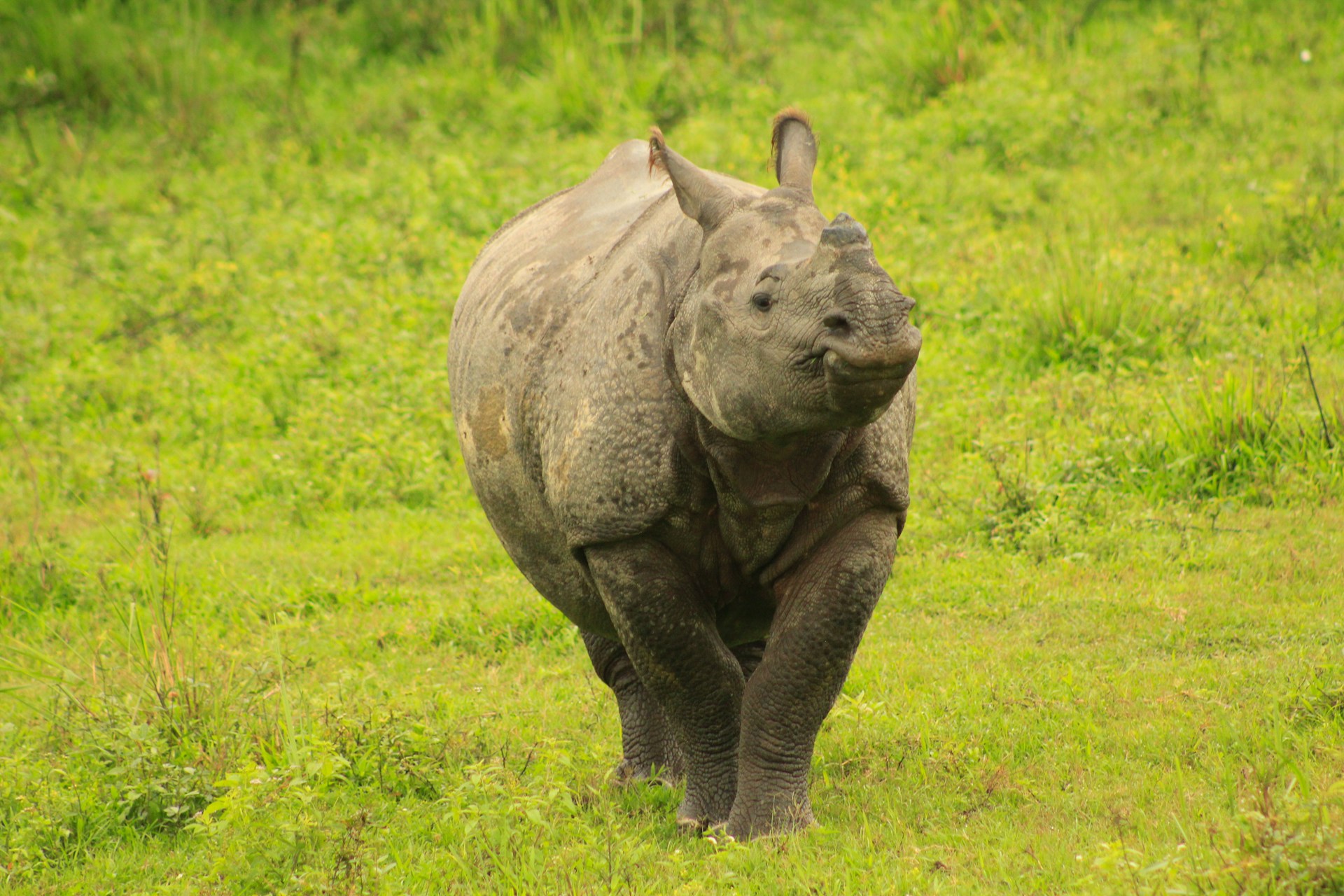
What Makes the Terai Region of Nepal So Special in 2025?
The Terai region of Nepal is often described as a hidden gem—a lowland belt of immense natural beauty, agricultural richness, and vibrant culture. Often overshadowed by Nepal’s towering peaks, the Terai is known as the “rice bowl of the country” and “heart of Nepal’s agriculture.”
But beyond its fields, this southern plain is a cultural melting pot, offering unforgettable landscapes, biodiversity, and remarkable experiences. Whether you're a nature lover, food explorer, or sustainability-driven traveler, the Terai delivers something unique in 2025.
1. Biodiversity Hotspot
Spanning grasslands, subtropical forests, and wetlands, the Terai is one of Nepal’s most biodiverse regions. It’s home to iconic and endangered species like the Bengal tiger and the one-horned rhinoceros. As of 2025, the Terai’s conservation efforts have reached impressive milestones, making the Terai a top spot for wildlife safaris, birdwatching, and eco-tours that support sustainable tourism.
2. Cultural Diversity
The Terai is a vibrant tapestry of ethnic groups, such as the Tharu, Maithili, and Bhojpuri communities, each with its own story told through music, ritual, and celebration. Their colorful festivals, folk dances, traditional attire, and indigenous art forms offer travelers a deeper, more personal understanding of Nepal’s cultural roots.
3. Historical and Spiritual Significance
The Terai holds deep spiritual value as the birthplace of Lord Buddha in Lumbini, one of the world’s most revered pilgrimage sites. This sacred destination is surrounded by ancient monasteries, meditation gardens, and a peaceful atmosphere, attracting spiritual seekers and history lovers around the world.
4. Adventure Opportunities
The Terai offers a range of lowland adventures—perfect for those seeking immersive, off-the-beaten-path experiences. From jungle safaris in Chitwan National Park to cultural experiences in Tharu villages and scenic treks in the Chure hills, the region is ideal for a wide range of travelers.
5. Agricultural Abundance
As the agricultural heart of Nepal, the Terai produces over 60% of the country’s food supply. The endless green fields, seasonal harvests, and community-based farming practices give insight into how deeply food and livelihood are rooted in the land here.
6. Local Cuisine
The culinary landscape reflects the region's agricultural richness of Nepal and cultural influences, offering a variety of flavorful dishes like bagiya (steamed rice dumplings) and ghonghi (spiced river snails). Eating in the Terai isn’t just about food—it’s a full cultural experience.
The Terai region of Nepal is a dream destination for travelers who crave natural beauty, rich culture, unique cultural depth, and remarkable experiences. With its diverse landscapes, rich heritage, and growing ecotourism movement, 2025 is the perfect time to dive into the heart of Nepal’s southern plains.
“Terai isn't just another travel spot—it’s a destination that connects nature, history, and community.”
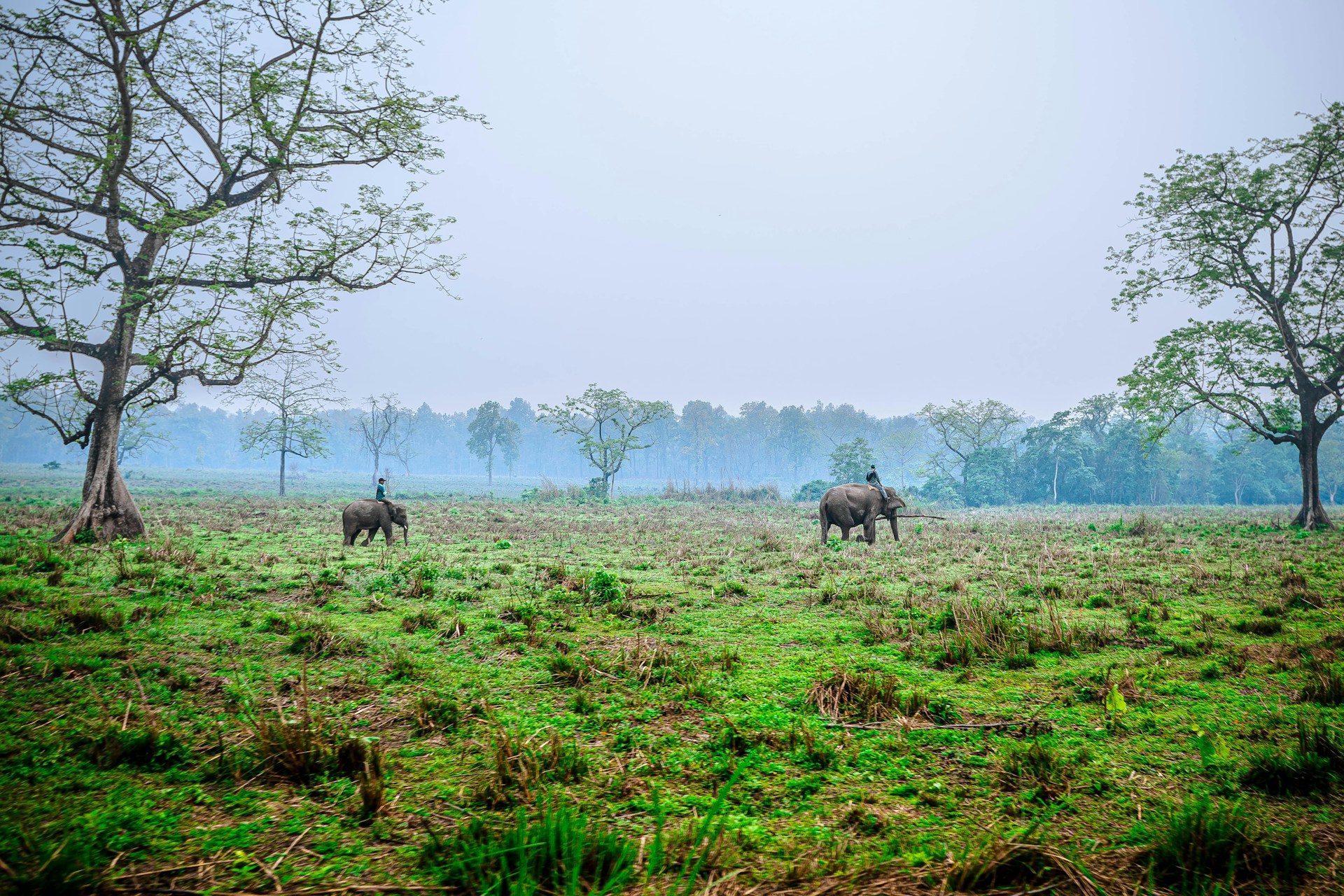
Geography of the Terai: A Unique Landscape at the Crossroads of Nature and Culture
Stretching across Nepal’s southern border, the Terai region is the northernmost edge of the Indo-Gangetic Plain, a vast expanse of fertile land that spans parts of northern India, Pakistan, and Bangladesh, extending into the Terai region of Nepal that is characterized by its rich agricultural productivity, supported by the rivers that flow from the Himalayas.
- To the North, the Terai gradually rises into the Churia Hills, creating a natural divide between the plains and Nepal’s hill regions.
- To the South, the region shares an open border with India, influencing its economy, cuisine, traditions, and cultural practices.
This unique geographical position makes the Terai a crossroads of biodiversity and culture, where dense jungles, wetlands, and farmlands thrive and are home to some of the world’s rarest wildlife.
2025: A Transformative Year for Nepal’s Terai Region
2025 marks a transformative year for Nepal’s Terai region. With Lonely Planet’s global recognition and exciting developments across the region, here’s why now is the time to visit:
1. Global Spotlight from Lonely Planet
In 2025, the Terai received global recognition as one of Lonely Planet’s Top 30 Travel Destinations with its unique blend of nature, culture, and sustainability. This recognition highlights the region’s uniqueness, from endangered wildlife to cultural traditions and eco-tourism efforts promoting local communities and Nepal’s tourism board to enhance accessibility, eco-tourism offerings, and visitor experiences.
What to Expect in 2025:
- Newly opened eco-lodges that combine sustainability with comfort.
- Improved road infrastructure and expanded domestic flight routes, making travel more accessible.
- Special festivals and events showcasing the region’s unique traditions and achievements.
Special festivals and events showcasing the region’s traditions and achievements.
2. A Milestone Year for Conservation
The Nepal Terai region is a global leader in wildlife conservation. The region’s success in protecting endangered species, restoring forests, and promoting ecotourism makes it a standout destination for sustainable travel.
Wildlife Milestones in 2025:
- 752 One-Horned Rhinos thrive in Chitwan National Park, up from near extinction in the 1960s.
- Bengal Tigers in Bardia National Park now number over 125, thanks to anti-poaching initiatives and community involvement.
- Koshi Tappu Wildlife Reserve has recorded sightings of over 500 bird species, including rare migratory birds like the Bengal florican.
Visitors in 2025 will have the unique opportunity to witness these conservation milestones firsthand. For example, guided tours in Chitwan provide insights into how buffer zones are managed to protect wildlife while supporting local livelihoods.
3. Sustainability at Its Core
2025 is a year of renewed focus on sustainable travel and climate action in the Terai. With initiatives like plastic-free zones, solar-powered eco-lodges, and carbon-neutral safaris, traveling to the region in 2025 means supporting responsible tourism programs that directly benefit the environment and local communities.
By 2025, the Terai region of Nepal plans to reduce single-use plastic consumption in its national parks by 50% as part of a broader initiative to combat plastic pollution and promote sustainable tourism, which aligns with the commitment made by the Hotel Association Nepal to ban single-use plastics starting on January 1, 2025.
International Attention and Cultural Immersion
2025 might mark key anniversaries for cultural festivals, conservation programs, or government initiatives in Nepal, making it a year to celebrate the Terai's heritage.
Tourism Focus
Nepal’s tourism strategy often emphasizes key years, such as the “Visit Nepal 2020” campaign, so 2025 could serve as another milestone for promoting lesser-known regions like the Terai to international audiences.
Cultural immersion programs
The Terai region of Nepal offers visitors the chance to participate in workshops and homestays and an opportunity to learn traditional skills like Mithila painting or cooking classes, enriching the travel experience in 2025.
Infrastructure Improvement
Efforts to improve the road network and air connectivity within Nepal to Gautam Buddha International Airport in Lumbini for easier access for international travelers.
In 2025, upgraded highways and domestic flights connecting Kathmandu to Bharatpur and Nepalgunj will make it easier than ever to explore the Terai. New eco-lodges in Chitwan and Bardia combine comfort with sustainability, ensuring that your stay is both luxurious and eco-friendly.
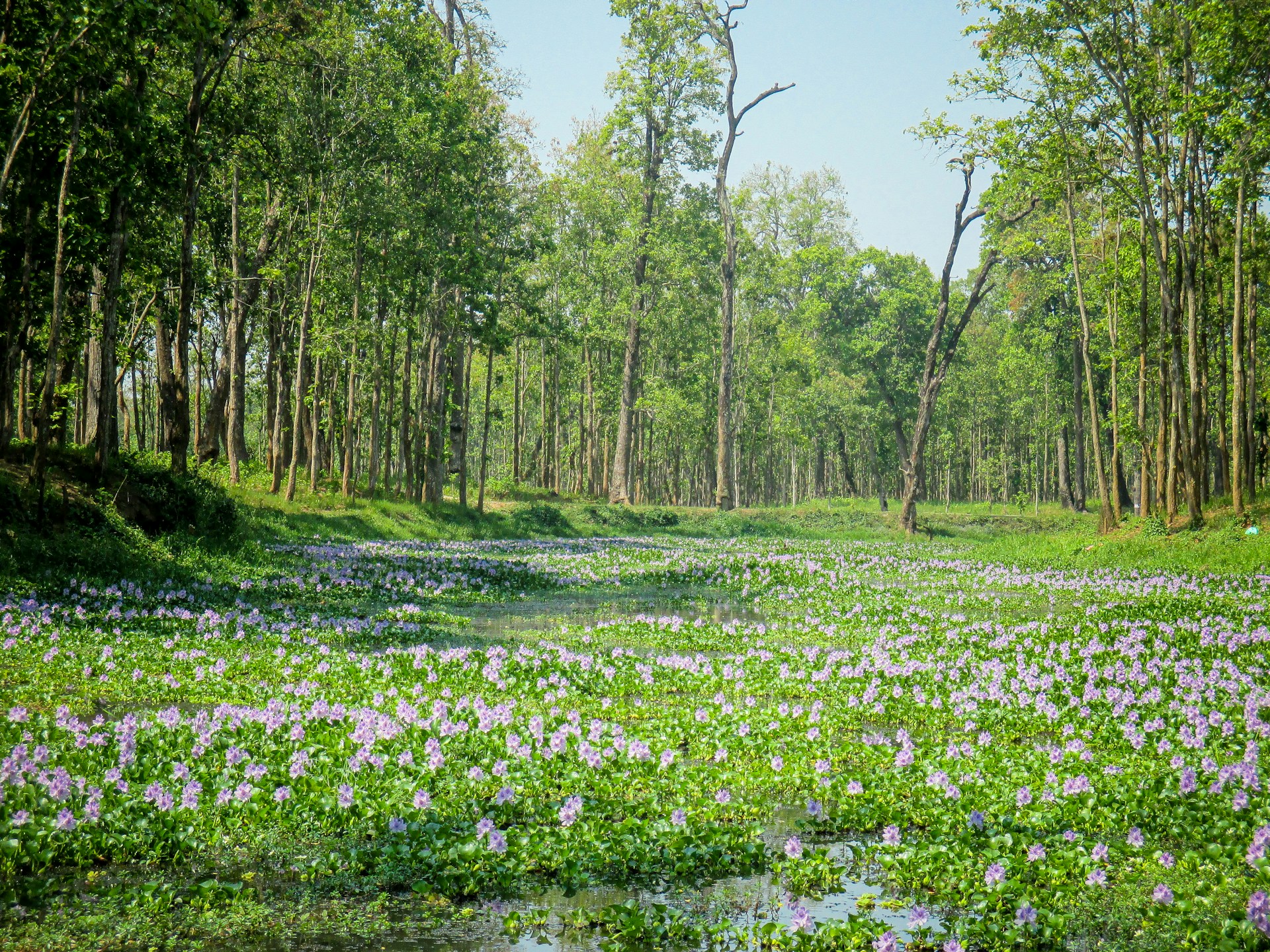
Top Attractions in the Terai: Must-Visit Places in 2025
Chitwan National Park: A UNESCO World Heritage Site
As Nepal’s first national park, Chitwan National Park is a treasure trove of biodiversity. It’s home to some of the world’s most endangered species and is the place to visit for a wildlife safari. It is one of Nepal’s oldest and most renowned national parks and is leading the Way in Conservation
What to See:
- One-Horned Rhinoceros: Spot one of Chitwan’s 752 rhinos roaming the grasslands.
- Bengal Tigers: Catch a glimpse of these majestic predators in their natural habitat.
- Birdlife: Over 540 bird species make this a paradise for birdwatchers.
In 2025, the park will introduce night safaris and luxury eco-lodges aimed at high-end travelers seeking premium experiences.
Things to Do in Chitwan:
- Jeep Safaris: For an expansive view of the park.
- Canoe Rides: Explore the Rapti River and watch for gharials and water birds.
- Jungle Walks: Get up close with nature on guided walks through the forest.
Lumbini: The Birthplace of Buddha
Lumbini is one of the most sacred pilgrimage sites in the world and a UNESCO World Heritage Site.
Must-See Spots:
- Maya Devi Temple, marking the exact spot of Buddha’s birth.
- Ashokan Pillar, erected in 249 BCE by Emperor Ashoka.
- International Monastic Zone, featuring temples from Japan, Thailand, and Germany.
Participate in meditation sessions or silent vipassana retreats and visit Tilaurakot, the ancient city where Prince Siddhartha spent his early years, and imagine his journey to enlightenment.
Janakpur: A City of Love and Art
Janakpur, in the Dhanusha District, the birthplace of Sita, is a vibrant hub of Mithila culture and spirituality that seamlessly blends religious devotion with artistic brilliance. As Nepal promotes its cultural heritage, Janakpur’s Mithila art, festivals, and Hindu rituals take center stage.
Must visit:
- Janaki Mandir: A grand architectural Hindu temple dedicated to Sita, designed with rich cultural and religious significance, making it a must-visit destination in the Terai region.
- Vivaha Panchami: The renewal of Ram and Sita’s wedding, held in November/December, attracts thousands of devotees.
A Vibrant Melting Pot of Traditions
The Terai is often described as Nepal’s cultural melting pot, where diverse ethnicities, traditions, and religions blend harmoniously. Stretching along Nepal’s southern plains, the Terai is home to indigenous Tharu communities and Hindu, Buddhist, and Muslim populations, each contributing to the region’s vibrant tapestry. This unique combination creates a rich cultural landscape, reflected in festivals, rituals, and daily life.
Immerse Yourself in Ethnic Diversity
The Terai is home to a multitude of ethnic groups, each with its customs and traditions:
The Tharu Community: Guardians of the Terai
The Tharu people, indigenous to the Terai, have preserved their unique way of life for centuries. Tharu people are the heartbeat of the Terai, known as the “Forest People,” with traditions deeply rooted in their relationship with the land. Experience traditional Tharu dances and festivities, such as Danket and Dhan Nach. Don’t miss events like the Tharu Cultural Festival showcasing their vibrant art and dance.
Madhesi Culture
The Madhesi community, deeply influenced by Indian culture due to their proximity to the border, adds another vibrant layer to the Terai’s cultural tapestry. Known for their folk music, colorful festivals, and rich culinary traditions, the Madhesi people contribute to the cultural vibrant of the region
Experience Vibrant Festivals
Festivals celebrated in the Terai are colorful celebrations of life, unity, and tradition. From the major Hindu festivals of Nepal like Dashain and Tihar, filled with family rituals and feasts, to the spiritually rich Chhath Puja, dedicated to the Sun God, these events bring communities together in joyful harmony. Among Nepal’s Indigenous Festivals, the Maghi Festival is an unmissable highlight celebrated by the Tharu community, showcasing traditional music, dance, and feasts featuring dhikri and taruwa. For a truly immersive cultural experience, plan your visit to the Terai to coincide with one of these vibrant and diverse festivals.
Engage with Music and Dance
Music and dance are integral to the cultural experience in the Terai:
Traditional Performances
Enjoy vibrant music performed on local instruments like the madal, sarangi, and bansuri, essential to community celebrations.
Interactive Experiences
Participate in dance workshops to learn traditional moves and engage with local performers, deepening your cultural understanding.
These experiences reflect the deep cultural and spiritual heritage of the Terai region, making it a fascinating destination for those interested in exploring Nepal's traditions.
Art and Craftsmanship
Terai culture shines through their Mithila paintings, eco-friendly mud-and-thatch homes, involved bamboo basketry, and handmade silver jewelry. Many local craft Workshops (basket weaving, pottery) allow visitors to learn these traditional crafts directly.
Mithila Art Tours
Participate in workshops and watch artisans create intricate murals and paintings. Visitors can witness artisans at work, creating intricate designs on walls, paper, and textiles. Mithila painting workshops offer an interactive way to delve into this rich artistic tradition.
Spiritual Connections and Cultural Revival
The Terai isn’t just about nature; it’s also the heart of Nepal’s cultural and spiritual heritage. In 2025, the Terai’s cultural traditions will thrive, with new initiatives celebrating its diverse communities' arts, music, and festivals.
Spiritual Programs:
- Immersive workshops where travelers can learn Mithila art, traditional Tharu dances, and bamboo basketry.
- Spiritual programs at Lumbini and Janakpur, including guided meditation and storytelling.
Tharu Village Renewal
The renewal of Tharu villages, where homestays and local cooking classes create deep cultural connections between visitors and hosts.
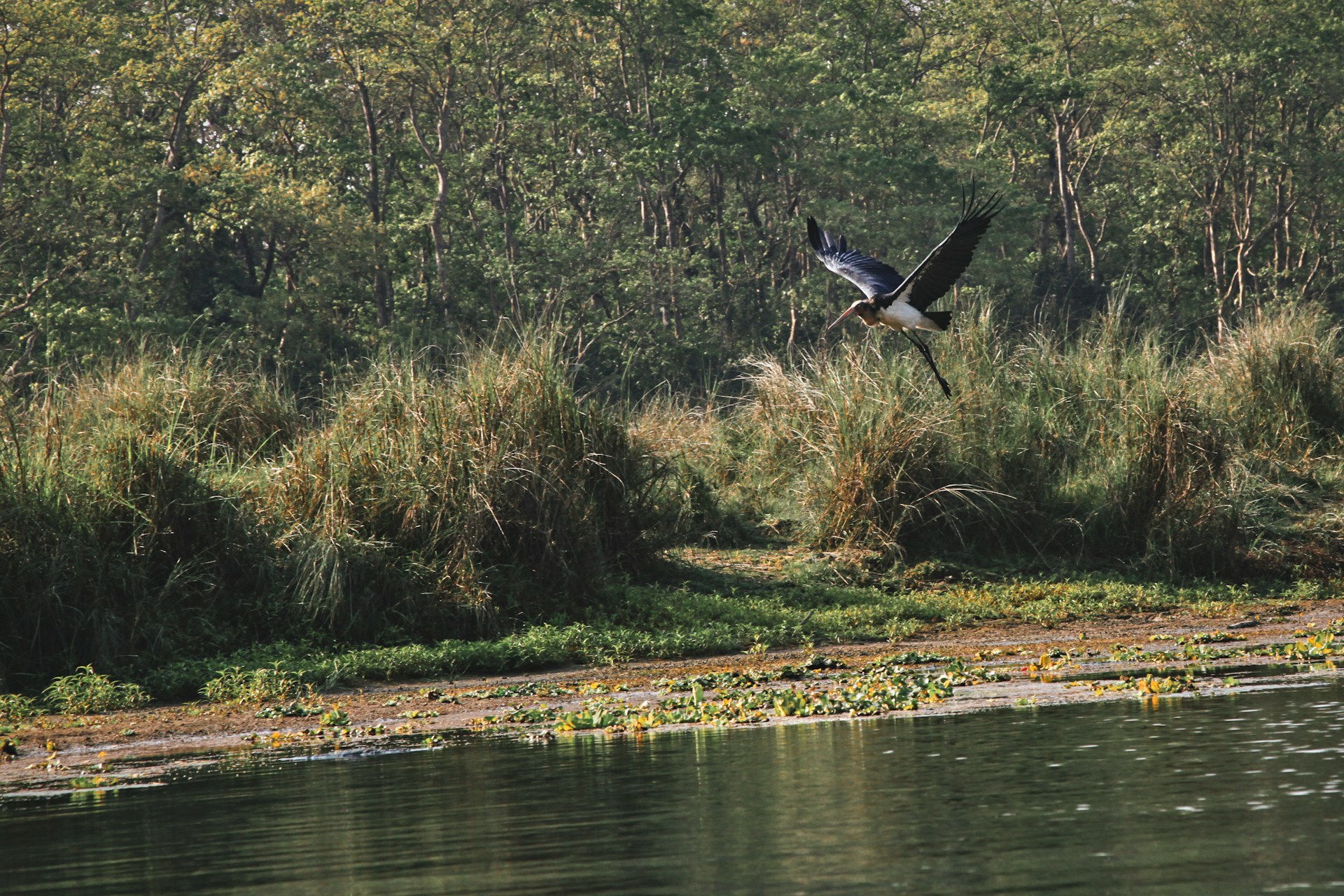
Adventure and Thrill: Perfect Timing for Outdoor Enthusiasts in 2025
From wildlife safaris in Chitwan and Bardia to birdwatching at Koshi Tappu and rafting on the Karnali River, adventure awaits at every turn in the Terai.
- Wildlife Safaris: Witness Bengal tigers, rhinos, and elephants on jeep safaris or canoe rides.
- Trekking and Cycling: Explore the Churia Hills for panoramic views of the Terai plains.
- Rafting: Take on the rapids of the Karnali River, one of Nepal’s premier white-water destinations.
A Range of Accommodations in the Terai Region of Nepal
The Terai offers accommodations for every budget, from luxury resorts to eco-lodges and homestays.
- Luxury: Resorts like Meghauli Serai in Chitwan offer a magnificent experience with stunning views of the jungle.
- Mid-Range: Eco-lodges near the national parks offer a sustainable stay without sacrificing comfort.
- Tharu homestays: Staying with local families provides an authentic and affordable experience, with meals cooked by local families offering a deeper understanding of local culture and the Terai lifestyle.
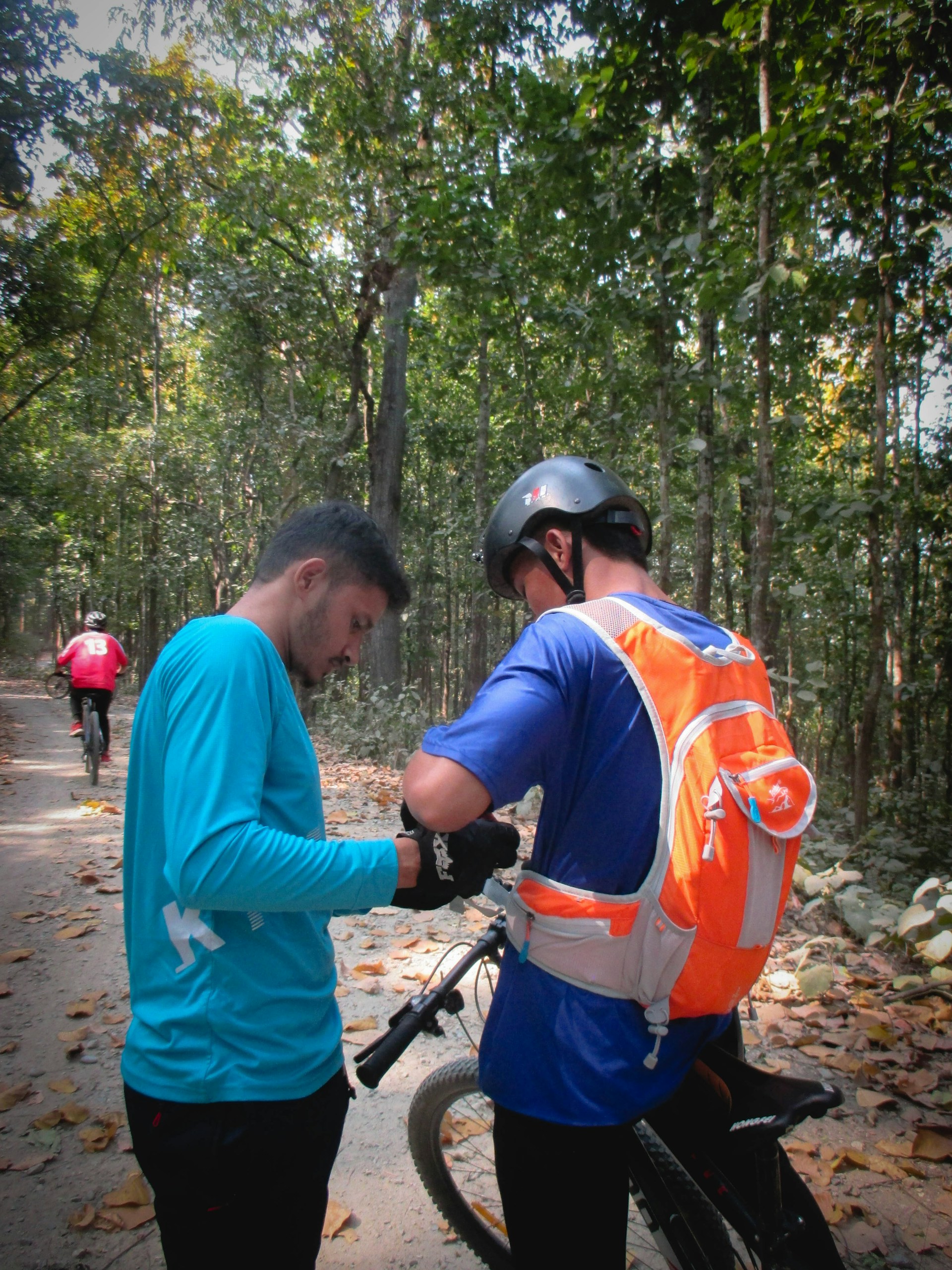
Hidden Gems of the Terai: Off-the-Beaten-Path Destinations for 2025.
While Chitwan and Lumbini are world-renowned destinations, the Terai also hides some lesser-known gems waiting to be discovered. These hidden treasures offer more intimate encounters with nature and culture, allowing travelers to see the Terai.
Bardia National Park: A Peaceful Retreat for Wildlife Lovers
Often overshadowed by the popularity of Chitwan, Bardia National Park—is a hidden gem for travelers seeking natural beauty and serene wildlife encounters. Located in the southwestern Terai plains, this park is a haven featuring rich biodiversity in a less crowded setting. Visitors can embark on thrilling jungle safaris to spot wildlife like tigers, rhinos, and elephants.
The park is also a paradise for birdwatchers, with over 400 bird species to observe. Additionally, explore the indigenous Tharu culture through community interactions and traditional practices, providing a unique insight into the local way of life amidst breathtaking natural beauty.
"Chitwan’s popularity has always dwarfed Bardiya’s, but this ‘Wild West’ on the southwestern plains of the Terai is the place to be for travelers and wildlife enthusiasts seeking experiences of the other side of Nepal." - Abhi Shrestha, CEO of Rural Heritage/Snow Cat Travel.
Koshi Tappu Wildlife Reserve: A Birdwatcher's Dream
Koshi Tappu is a dream destination for birdwatchers. It is in eastern Terai. The reserve’s wetlands attract over 500 bird species and are a haven for migratory birds, especially during the winter like Swamp Francolins, and Bengal Floricans. Canoe Rides to take a peaceful boat ride along the Koshi River and witness the serene beauty of this protected ecosystem.
Simraungadh: A Journey Through Nepal’s Ancient Past
Located in the Bara District, Simraungadh was once the capital of the Mithila Kingdom. This ancient town is filled with historical ruins, including temples, palaces, and fortifications. It’s a perfect place for history buffs who want to explore Nepal’s royal past away from the crowds. Jharokhar Pokhari and the Kankali Mai Temple are two of the most significant sites in the area.
Chillagad Dham: A Serene Spiritual Retreat
Chillagad Dham, located near Dudhe Bazar, is a hidden spiritual site that offers a quiet retreat. The peaceful ambiance of the area, coupled with its spiritual significance, makes it an excellent destination for those seeking inner peace and tranquility away from the hustle and bustle of the tourist path.
Rautahat District
A culturally rich area with historical significance but less visited by tourists. Explore ancient temples such as the Gadhimai Temple and enjoy the local Tharu culture and handicrafts.
Makwanpur District (Hetauda):
This area is often a more famous destination known for its pleasant climate and beautiful hills. Visit the beautiful Rani Mahal, Hetauda’s local markets, and enjoy trekking or cycling.
Dang Valley:
A stunning valley surrounded by hills, Dang offers natural beauty and cultural diversity. Visit the beautiful Rauteshwor Mahadev Temple, explore local villages, and enjoy nature trails.
Ilam:
Hike through lush tea plantations and sacred lakes in Nepal’s far east. Famous for its tea gardens, Ilam offers stunning landscapes and opportunities for tea-tasting tours. The region also has beautiful hiking trails and rich biodiversity.
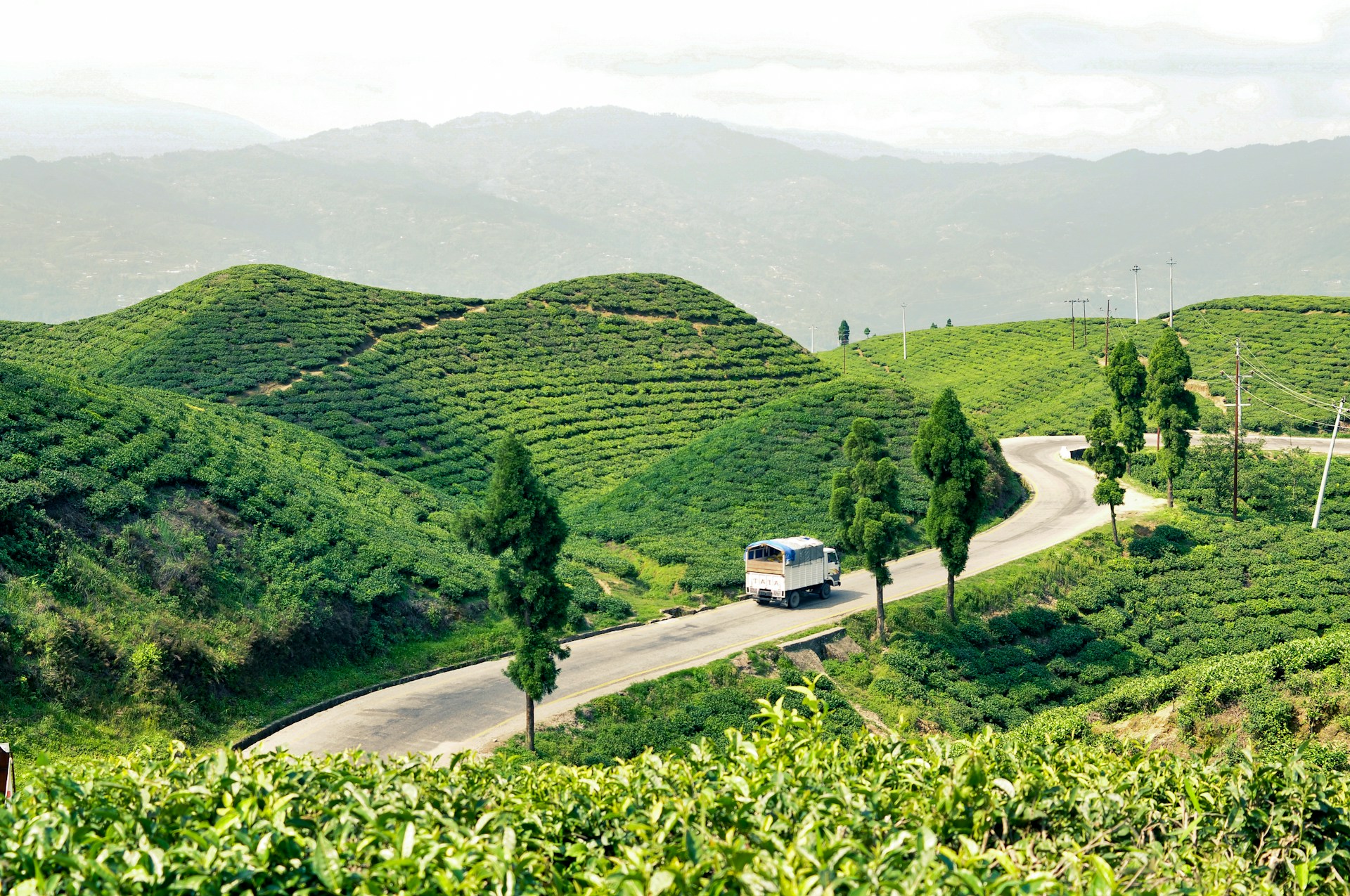
Best time to visit the Terai region of Nepal
The best time to explore the Terai is during the cool winter months (November to February). Comfortable temperatures make it ideal for outdoor activities, and the dry season ensures clear roads and trails. Wildlife enthusiasts should aim for late January to March, when the tall 8 m-high elephant grass is cut back, improving visibility for spotting elusive creatures like tigers and rhinos.
Seasonal Highlights:
- April- May: While these months are extremely hot, festivals like Buddha Jayanti (celebrating Buddha’s birth) bring vibrant energy to Lumbini.
- June-September: Monsoon rains make travel tricky, but the lush greenery transforms the landscape into a verdant paradise. Expect leeches in the forests and swollen rivers.
- December: Janakpur becomes a hub of religious activity as Hindu pilgrims gather to celebrate the wedding of Sita and Rama.
Travel Tips for the Terai Region of Nepal
Budgeting
Travel can suit all budgets, with affordable accommodation starting at $10 per night or luxury lodges around $200 per night. Activities like safaris range from $15 to $100, depending on the type and group size.
Essentials
Pack an insect-resistant sun hat, neutral-colored clothes for wildlife spotting, and binoculars for a closer look at the animals.
Cultural Sensitivity
The Terai is home to diverse ethnic groups. Respect local customs, dress modestly, and be considerate of local practices.
Safety Tips
While the Terai is generally safe, stay aware of your surroundings and avoid traveling alone in isolated areas at night.
Getting Around
- Flights: Domestic airports in the Terai connect to Kathmandu and Pokhara, with Siddhartanagar’s Gautam Buddha Airport offering limited international flights.
- Buses: Comfortable tourist buses run between major cities and Chitwan. Due to safety concerns, avoid local night buses.
- Cars: Hiring a car with a driver is the easiest way to visit multiple sites.
- Bicycles: Perfect for exploring Lumbini’s monastic zone or local villages.
Make 2025 Your Year of Exposure in Nepal Terai
2025 is a pivotal year for the Terai, with the region’s natural beauty, cultural heritage, and wildlife gaining global recognition. Whether you’re seeking adventure, cultural immersion, or simply an unforgettable getaway, the Terai is the perfect destination for 2025.
Discover the Magic of the Terai with Vajra Adventure!
Book your Chitwan Jungle Safari to spot rhinos, tigers, and exotic birds in the heart of Chitwan National Park—plus stunning riverbank sunrises and sunsets.
Take the Lumbini Buddhist Pilgrimage Tour and walk in the peaceful footsteps of the Buddha.
Or join the Nepal Sunrise and Sunset Tour for golden views from Bandipur and Chitwan.
Adventure, culture, and serenity—Terai awaits!
Recent Blog Posts
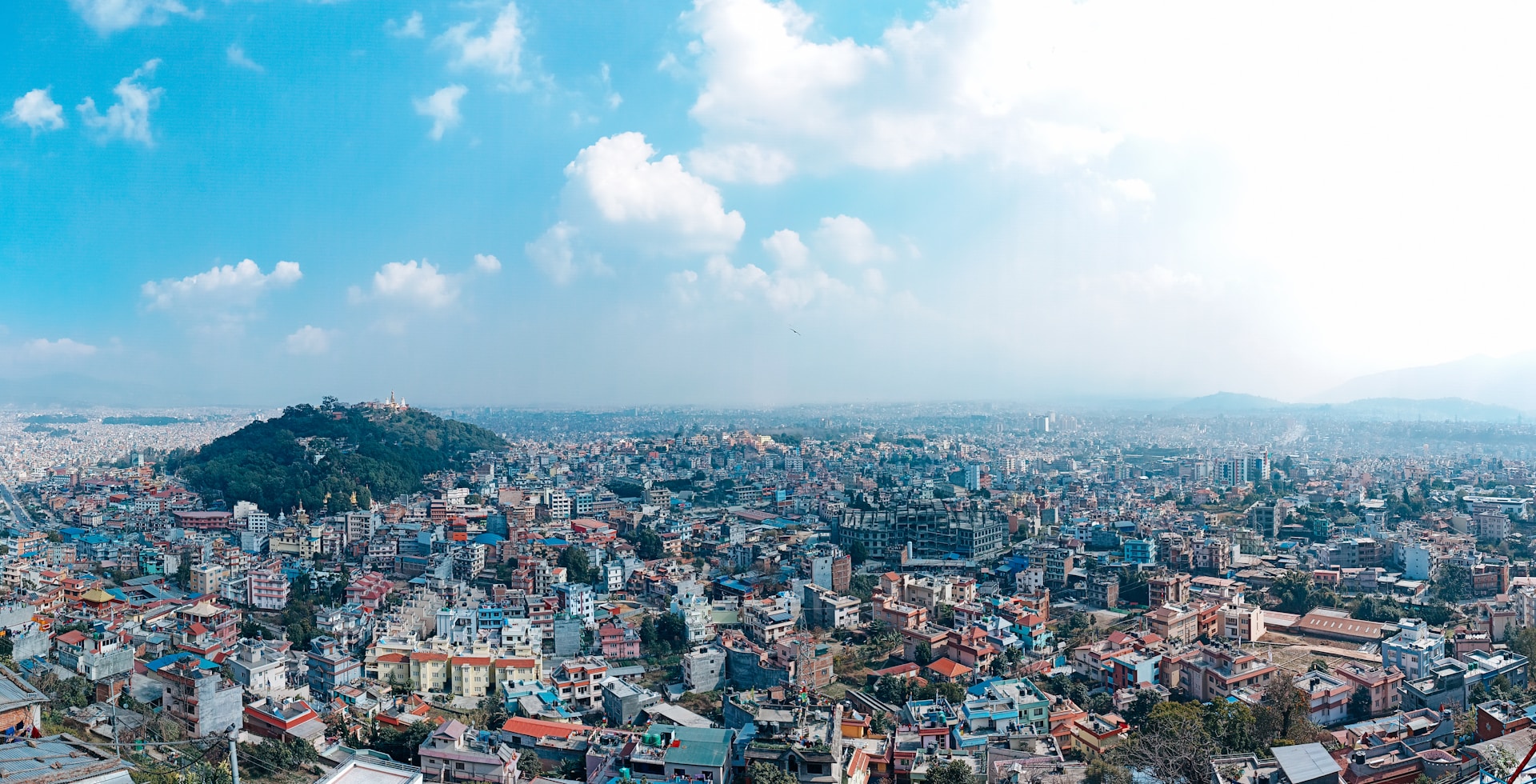
Kathmandu Valley: Exploring the Capital of Nepal
Jun 15, 2025
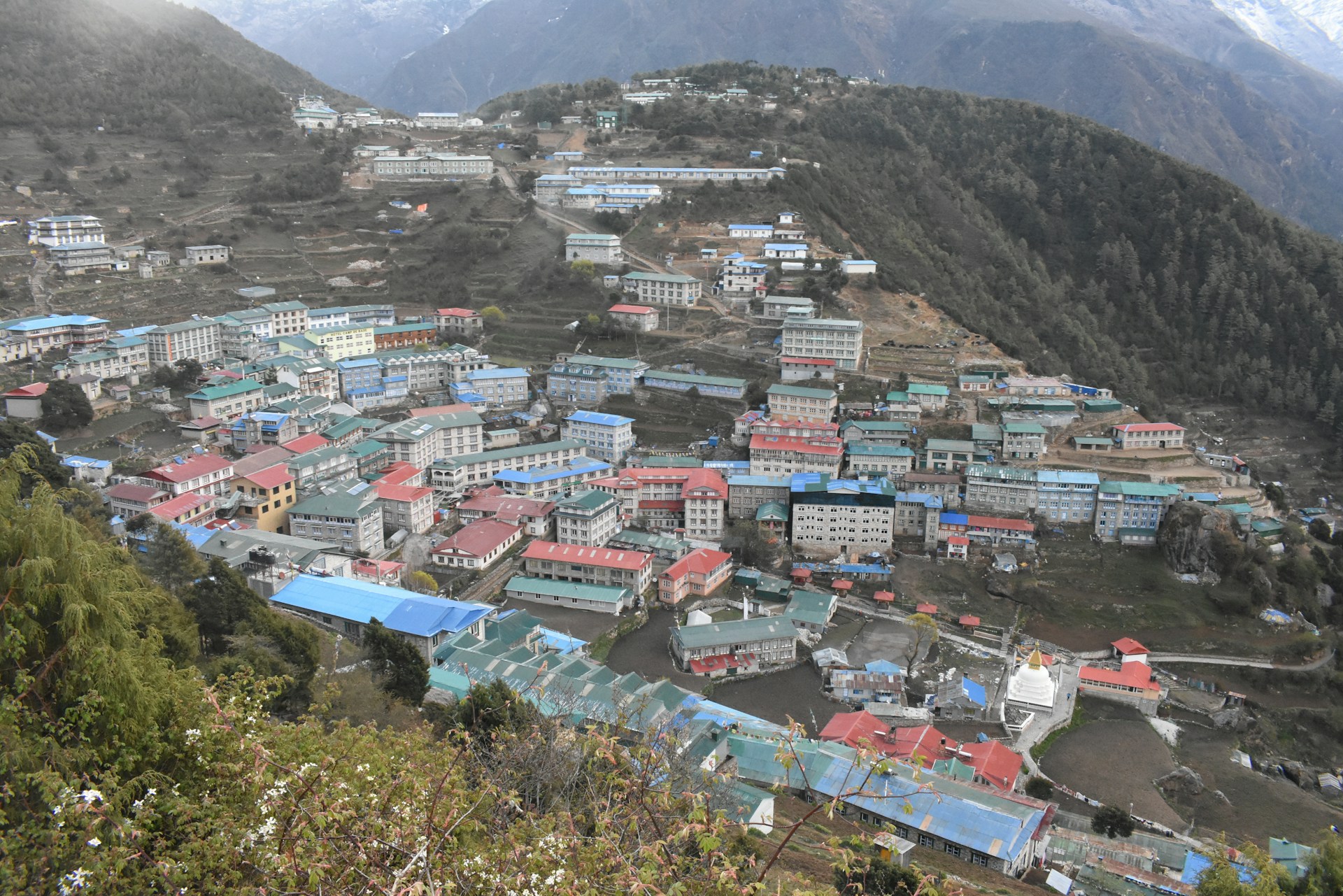
Namche Bazaar: What to Expect in the Sherpa Capital
May 20, 2025
